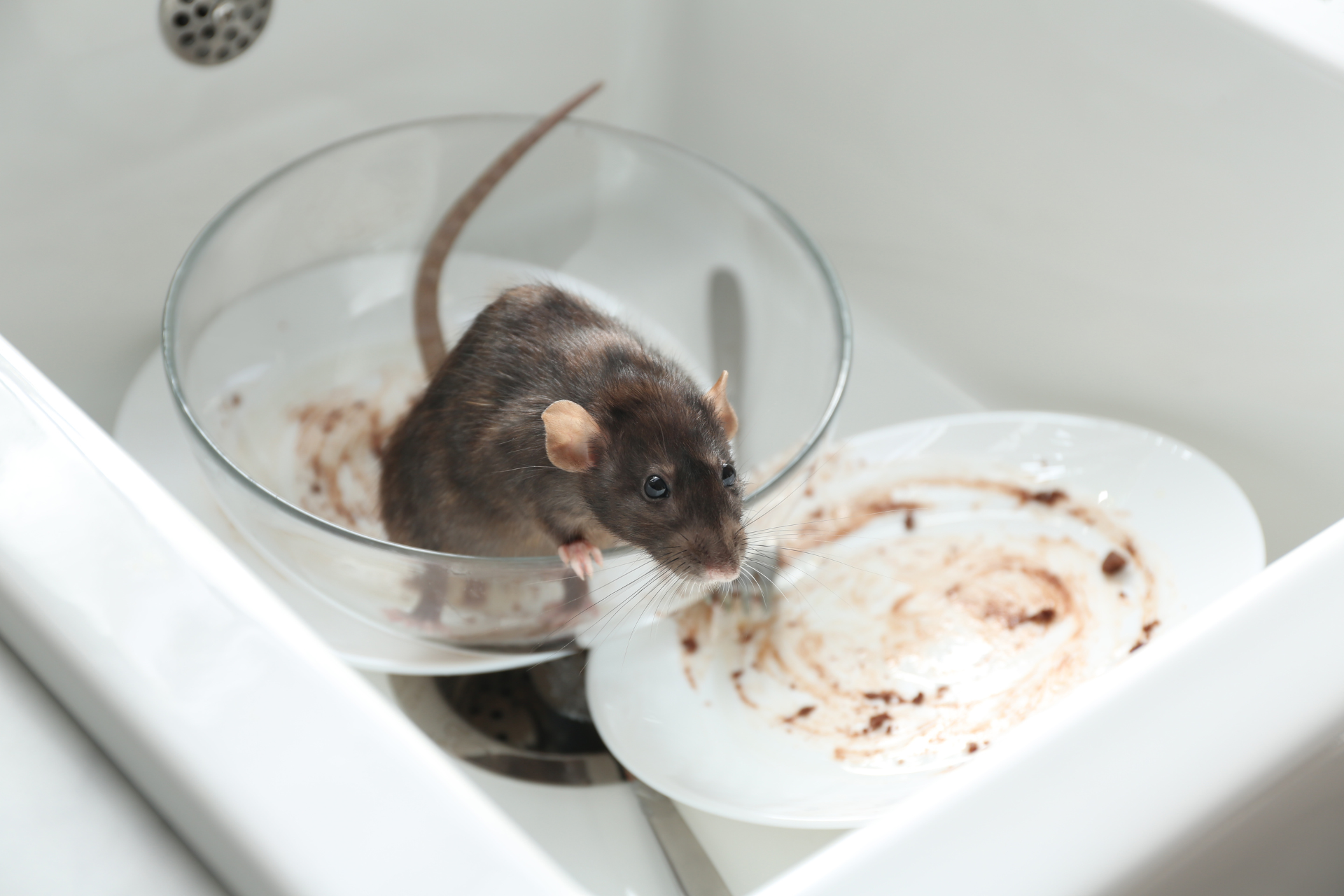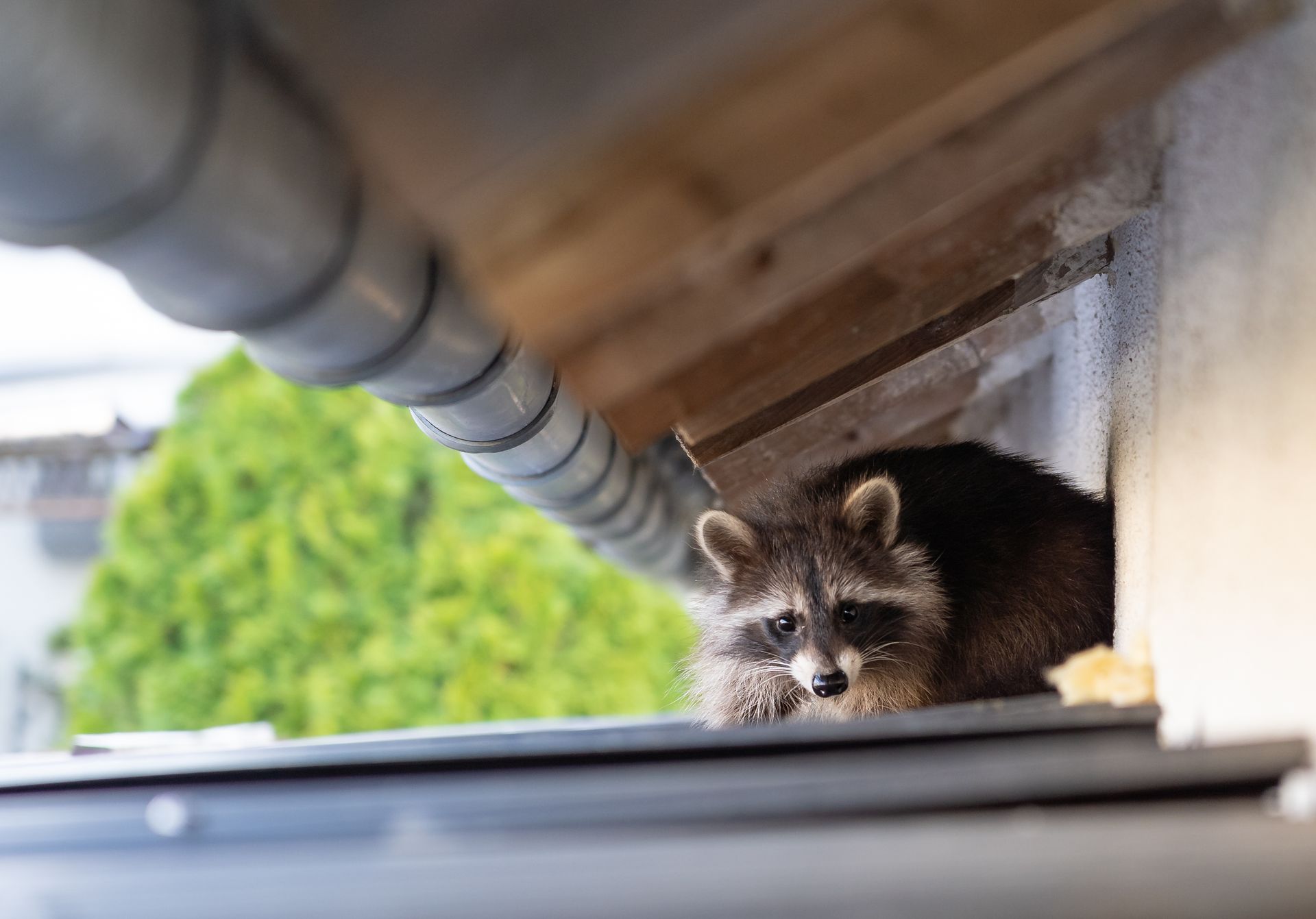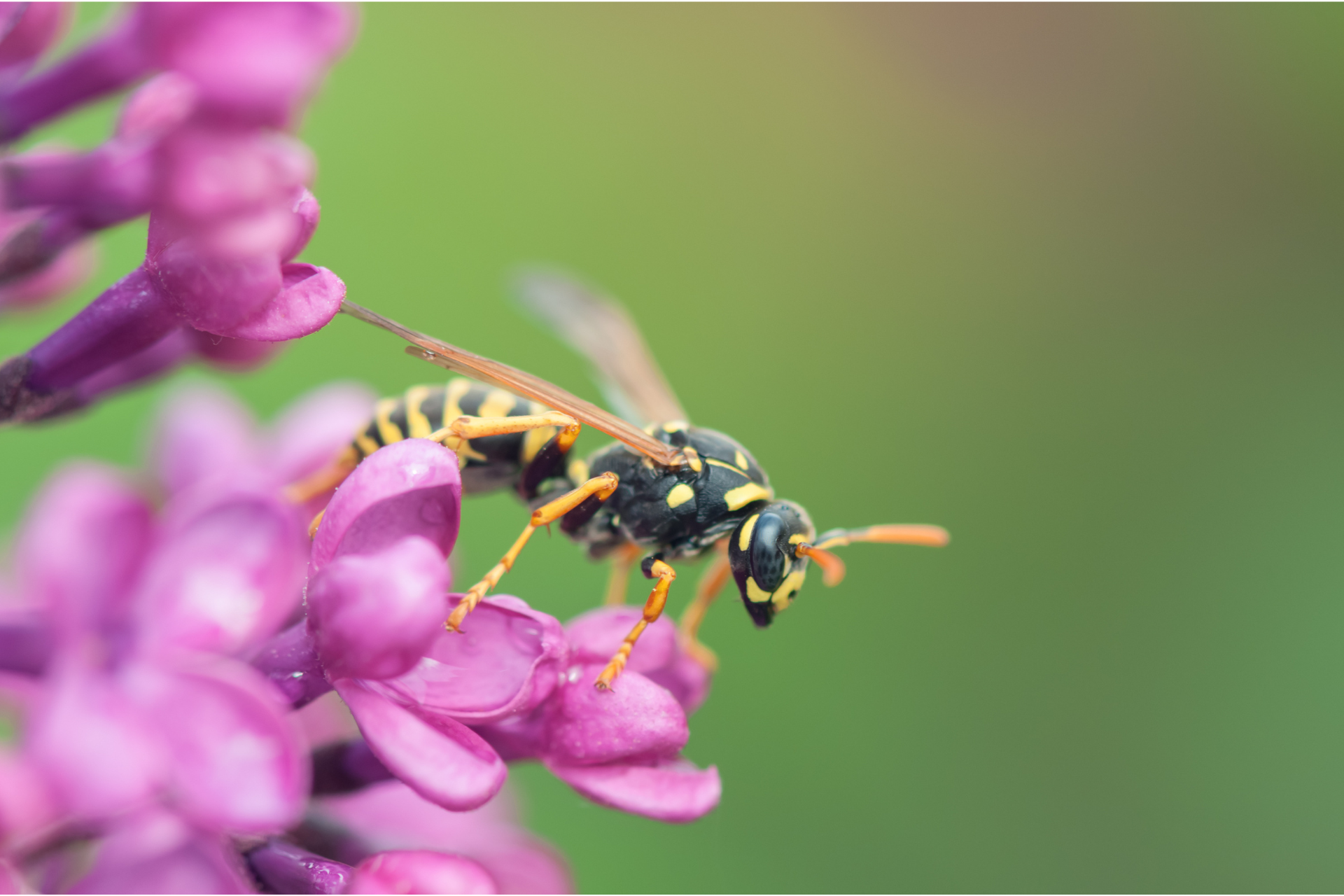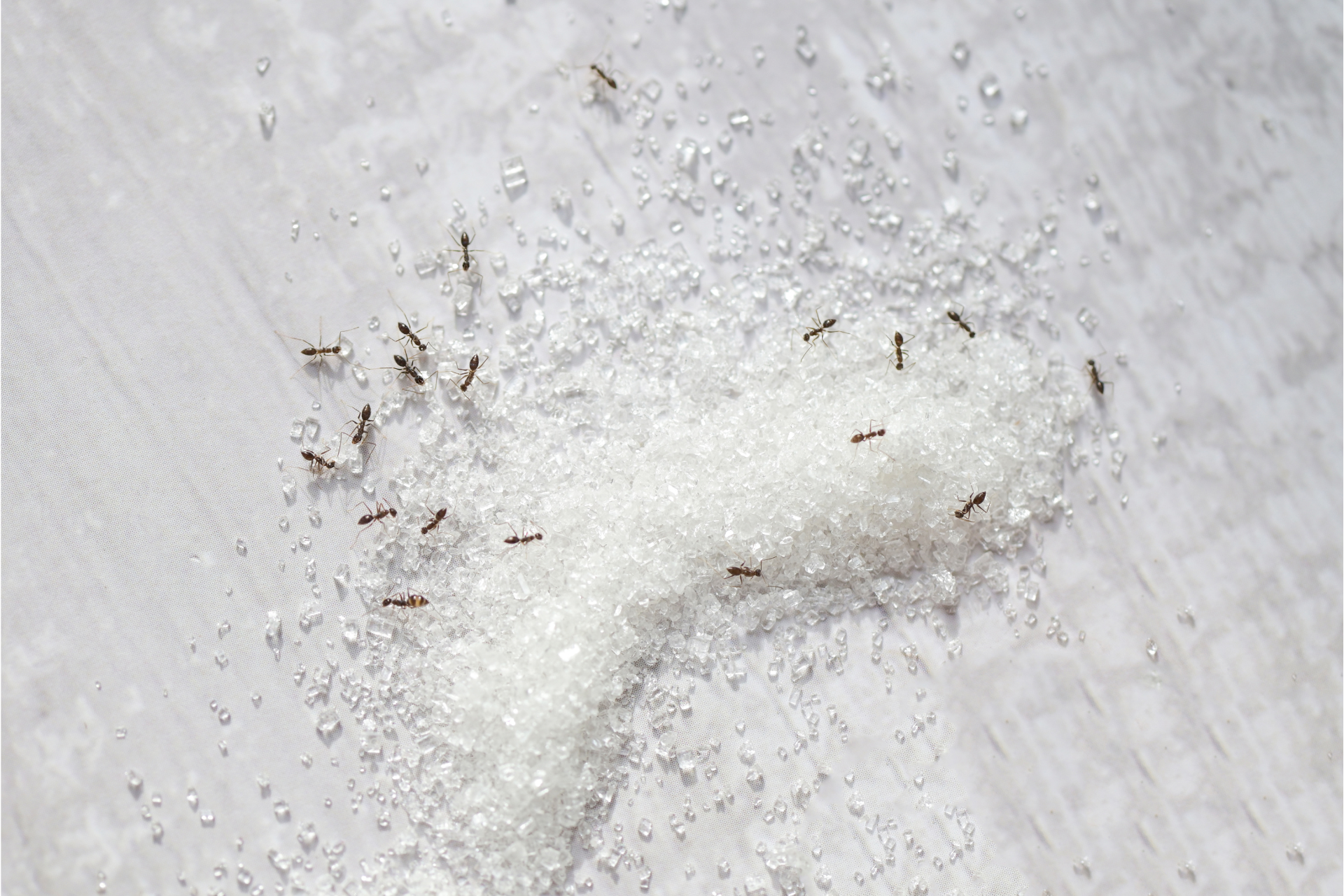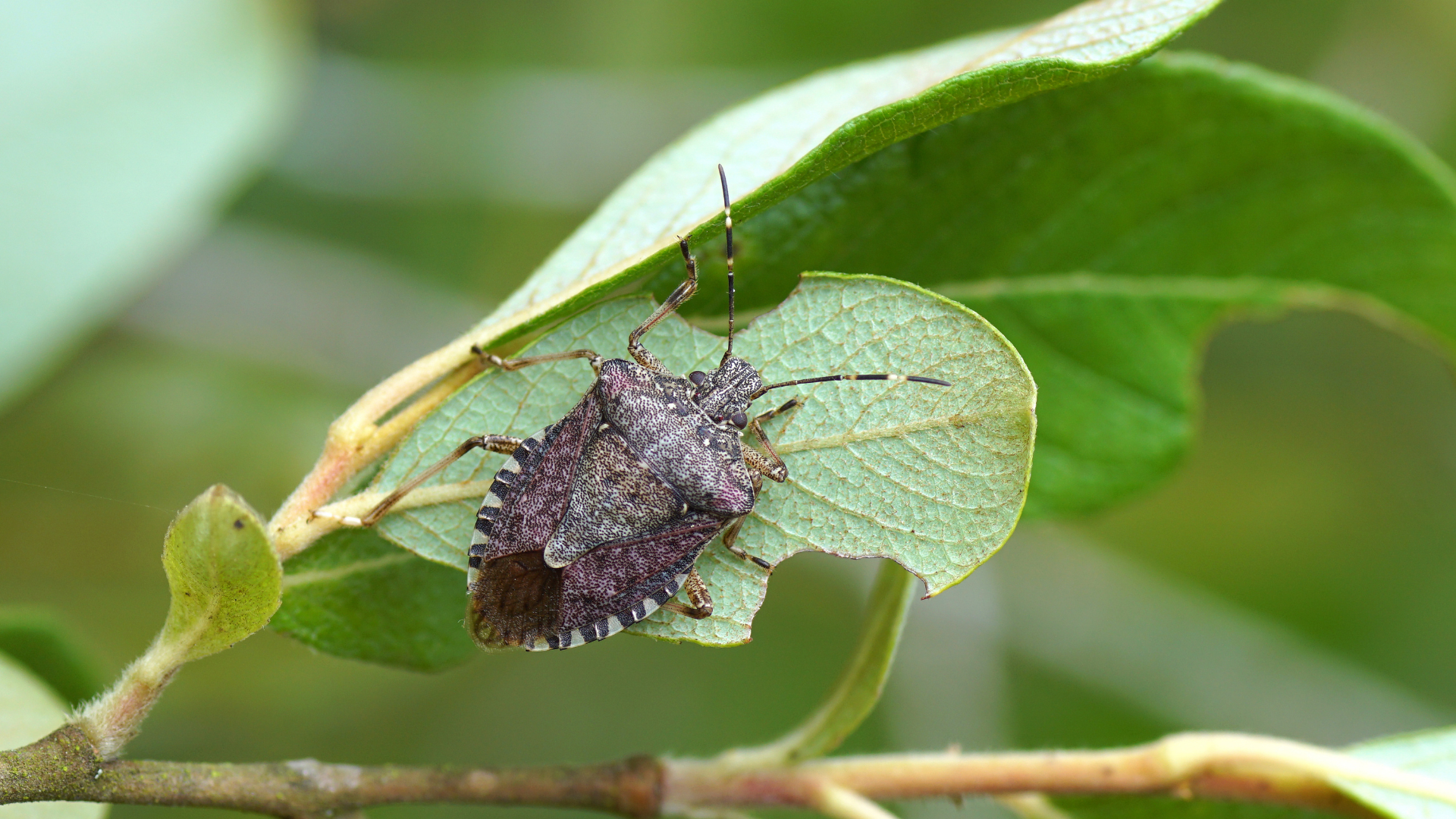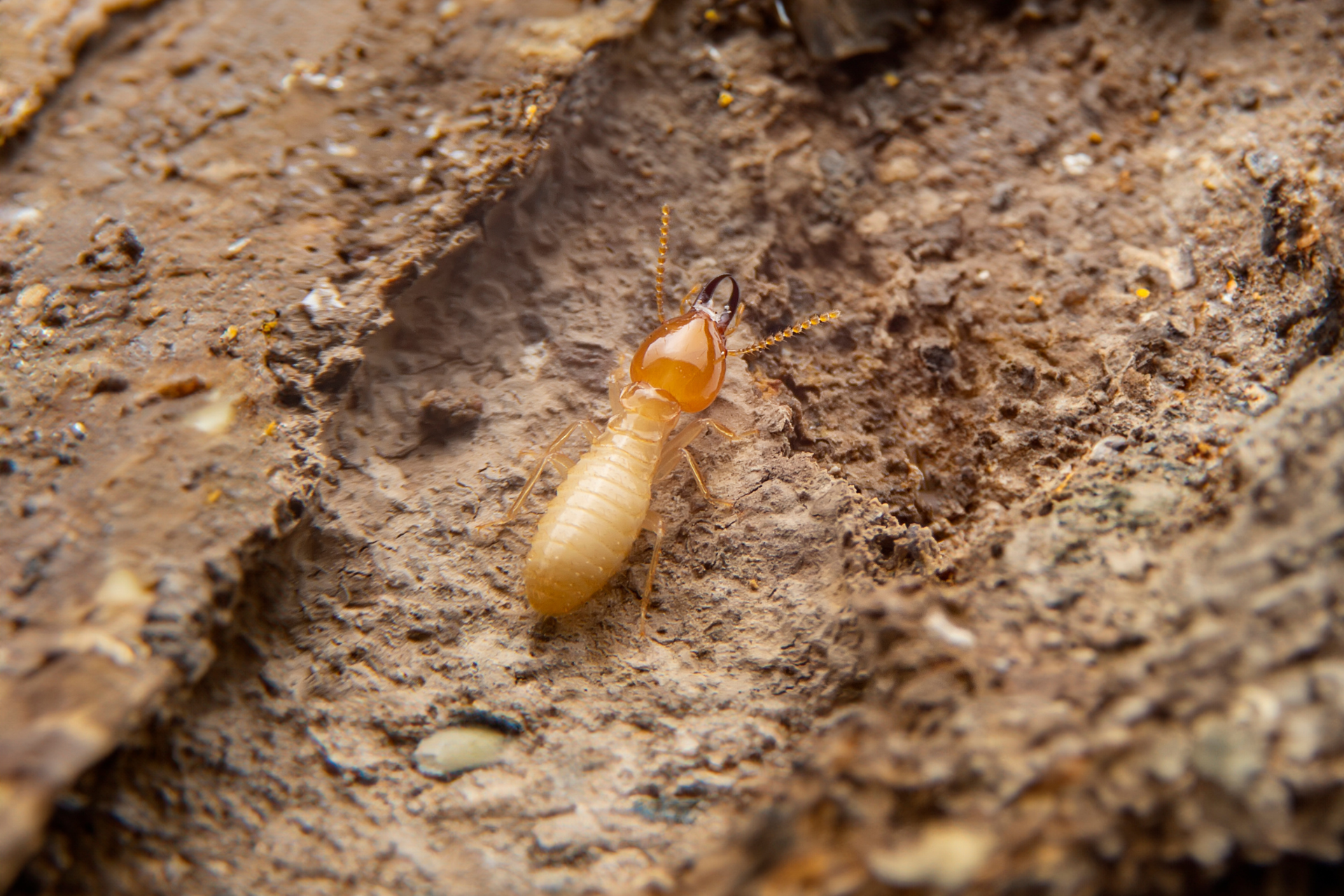What Roanoke Property Owners Ought To Know About Termite Season
Protecting Your Roanoke Property During Termite Season
When termites threaten your property, ignorance can increase your chances of incurring expensive damage. Plus, you might be attracting termites to your property without even knowing it.
Seeing The Signs Early
When people talk about termite season, they usually mean the warm, summer months that create the best conditions for new termite colonies to pop up. Swarmers, or winged termites in charge of recolonization, will only swarm in the perfect conditions. However, worker termites could still be eating your home out from under you, even during the colder months.
All across America, more than 600,000 homeowners deal with termite infestations each year. Unfortunately, when these infestations last longer than 18 months, the damage can get very expensive. With most termite species, 18 months of activity can lead to $3,000 in damage or more, and it all comes back to one common problem: homeowners don’t know how to spot an infestation.
When homeowners don’t know how to spot the signs of termite activity, it can go unnoticed for years, until the damage becomes so severe that they can’t help but notice it. It next to impossible to see worker termites within your walls and under your house, but there are still some signs of a termite infestation you may be able to notice, including:
Mud tubes: most termites enter the home by tunneling just below the surface of the soil and creating mud tubes on your outside walls.
Swarmers: these winged termites will fly around as a part of the termite mating ritual, which typically occurs on a warm day following a rainstorm.
Tightening around doors and windows: when it becomes difficult to open your doors or windows, it usually indicates internal damage caused by termites.
Clicking noises in the walls: soldier termites will bang their heads on tunnel walls if they detect danger (to warn other termites). You may be able to hear this if you listen closely at just the right time.
If you notice these signs, don't make the same mistake that many homeowners do. Trying to get rid of termites on your own will simply allow the infestation to continue in other areas of the house, prolonging your risk of damage. Instead, call the professionals for treatments that you can count on.
Avoiding Infestations Before They Begin
Even though there is little you can do about getting termites out of your house, there are plenty of things you could try that may limit your chances of a termite infestation. Since termites prefer to eat wood that has already begun rotting after exposure to moisture damage, focusing on moisture control on your property will allow you to decrease your chances of incurring termites. The best moisture control practices include:
- Utilizing a gutter and downspout system to expel rainwater from the sides of the house
- Placing dehumidifiers in your poorly ventilated areas
- Monitoring any pipes for even the slightest leaks and fixing any leaks you find
- Maintaining the lawn regularly
While moisture control is important, you’ll also want to make sure you limit accessibility for termites and termite swarmers. By storing firewood off of the ground and away from your house, you can take away one of the largest attractants for termites. Plus, you’ll want to consider creating a buffer of pine straw, gravel, or rubber mulch that can limit soil-to-structure contact. This reduces the likelihood that termites crawling under the soil will discover the foundation of your house.
Unfortunately, you can get all of these things right and still incur a termite infestation. If you want guaranteed results, you have to enlist the help of a professional pest control company. Call Star City Pest Control & Wildlife to protect your home from termites with the guaranteed methods you can count on.

